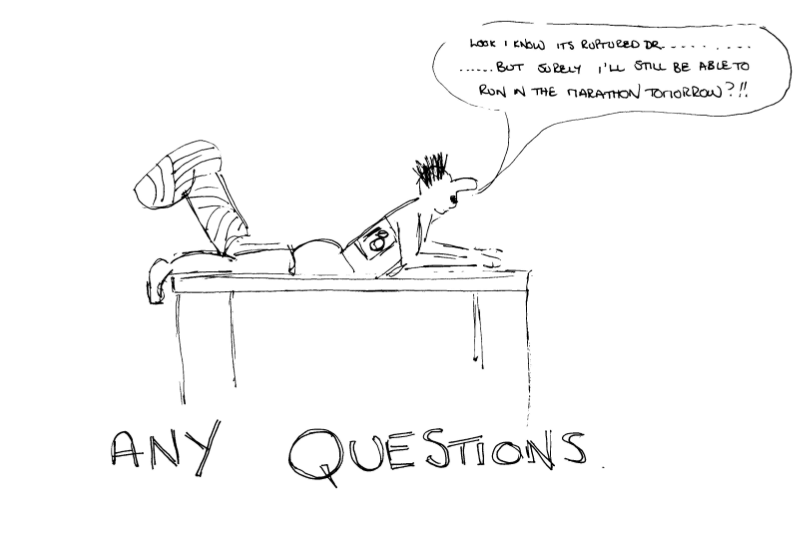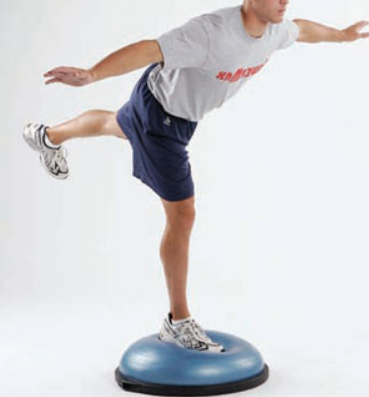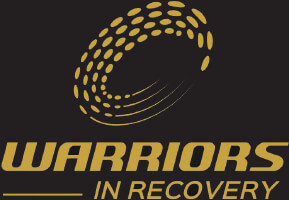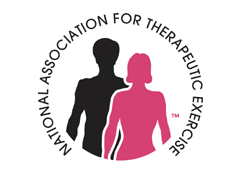As I reflect upon my trip to Las Vegas NBA Summer League 2017, I was astounded at how this event has changed. ESPN broadcasting games, media coverage on the Internet, and the entire game schedule has been changed so that the games do not conflict with other games. The event is so much more organized and operates like a well-greased machine now.

All this change got me thinking about “Form and Function” and how the body is merely the sum of it’s individual parts. I say this because I worked on some of the most incredibly fit men’s basketball players and still found asymmetries even in their elite bodies.
Now you may ask, how can issues in tissues happen to athletes at a professional level? It’s because their nervous systems are no different than anyone else’s. Our brains and nervous systems all work the same way. Whether in their practices, strength and conditioning workouts, or games, professional athletes bodies are stressed in what they do. It’s this same body stress that takes a toll on even the most extremely fit athletes.
Over time, their brains figure out body movement compensations too. Its called the ‘Path of Least Resistance” referred to as Motor Learning Efficiency within the brain. Either way, this all boils down the way our brains figure out how to ‘cheat’ in body movement. It doesn’t just happen to you, it happens within everyone’s body. No exceptions.
Simply put, our brains actually don’t want to do much work.
When you go to pick something up or move something your brain says to itself, “Self…let’s use every joint and every muscle that can help get this task done. Let’s not stress any one particular thing in the body. Instead, let’s spread the task out throughout the body so no one muscle has to work very hard to do this job. “ And while your brain is processing this information, it’s even trying to figure out if there’s any way it can make this even easier to do…such as utilizing momentum. “Yeah, this makes it even easier to do!”
For example, your trying to strengthen your biceps and you are doing dumbbell curls for this. You pick up some dumbbells that are a little heavier than your biceps can actually lift (after all more is better, right?). Plus, those bigger numbers on the end of those dumbbells really make you look really impressive at the gym!
Now, when you go to execute that bicep curl with this extra weight that your biceps are not capable of lifting, your brain has already realized this factoid before you. Your brain starts to figure out ways to get the curls done despite the fact that this is just a “little too heavy” for you. Your brain then begins to “cheat” by adding some momentum to your bicep curl in order to lift the dumbbell. Now instead of a bicep curl, you’re doing more of a “clean and curl” movement by incorporating a little momentum…get my drift?
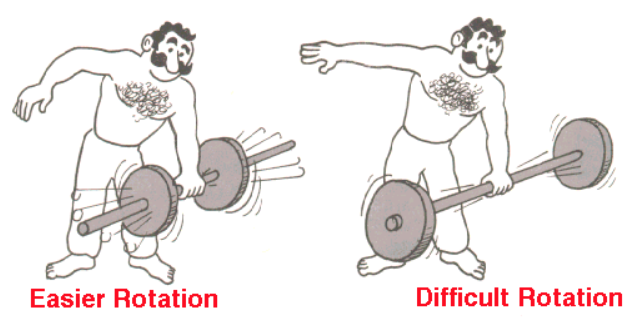
Well, here’s the difference. If you do bicep curls in a somewhat slower robotic fashion you are better isolating the muscles that you want to strengthen. If your biceps can only lift a certain amount of weight and you try to lift more than you actually can (bigger numbers make you ‘feel’ like your making faster progress too), your brain is going to use other muscles to get this bicep curl done. Understand?
When your brain turns that bicep curl into a “clean and curl” movement, then some other muscles are making up the difference in the added weight. If you can only curl 20 lbs. and you add another 5 or 10 lbs., then your biceps are not going to be lifting these additional lbs. Not only that, but because your brain has now added momentum to get the job done, you’re probably not even lifting 20 lbs. with your biceps now. There’s no way to know for sure once momentum is added into the movement.
Why do you see everyone doing this in the gym? Well it’s because we have this crazy mindset that ONE: “More is Better” (instead of realizing slower curls with better form is really better). TWO: “Everyone else doing it this way, so it can’t be wrong”. In reality….it’s WAY harder to keep our brains from cheating.
Our brains are figuring out ways to do things easier and with less effort all the time. Our brains prefer NOT to work so hard and do so in everything we do in life by dispersing the load. By reducing effort and adding in momentum, your brain gets the task accomplished and you “feel” like your making great progress-WOW, I’m lifting bigger dumbbells!
Everyone’s brains work the same way…even in elite athletes. Matter of fact, their brains are some of the best cheaters I’ve ever seen when it comes to compensations. They don’t do this on purpose. It’s just that their bodies are so highly developed that their brains have so many options when it comes to dispersing the loads in their bodies. This is why professional teams training centers now use biomechanical screening software to detect asymmetries within their athletes.
AND it is why performance therapists are becoming so valuable to professional teams these days. We have the ability to quickly assess these asymmetries without the use of a camera and software hook up on a player. We have the ability to correct asymmetries within athletes so they can train harder, longer and recover faster. Together with Strength and Conditioning Coaches, PT’s and other medical staff we help reduce injuries and keep players playing WAY longer than ever before.

We are more the Liam Neesons of sports performance enhancement. We “have a very particular set of skills. Skills we have acquired over a very long career. Skills that make us a nightmare for” ….asymmetries within the body. Yep, we are NOT your average therapists.
Cheers, drock
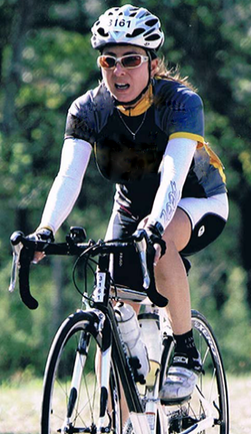
Want to learn more about improving your functional movement and sports performance? Then follow Dianne on her blog https://dtasmblog.wordpress.com
Dianne Rockefeller is a Athletic Performance Therapist, Licensed Massage Therapist, National Academy of Sports Medicine – Certified Personal Trainer, Certified Orthopedic Manual Therapist, Certified Myoskeletal Therapist, Certified Kinesio Taping Practitioner, Certified Cupping Therapist, and Muscle Activation Techniques Practitioner. She has treated athletes of all levels, from youth to professional, from all sports. She brings a very unique perspective to manual therapy utilizing her experience with motion analysis and sport. Her blend of advanced integrated skills along with practical and rehabilitation experience deliver exceptional results. Dianne is a self-proclaimed scholar of “Applied Performance Manual Therapies”. Contact Dianne at drock@dtasm.com or 210-973-4848.
